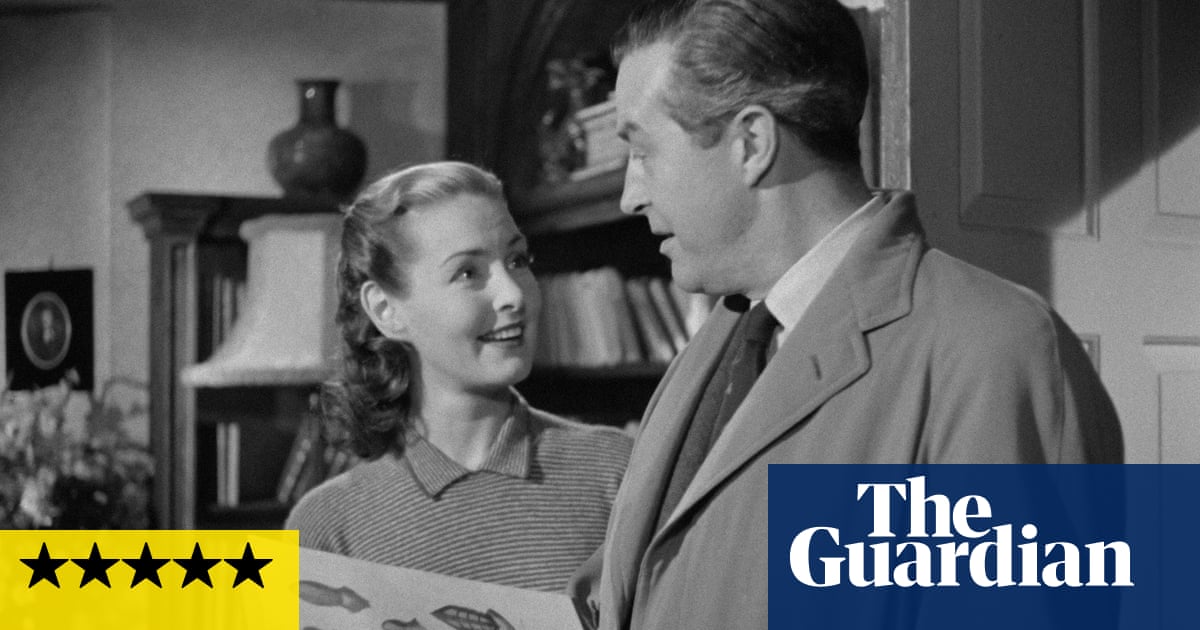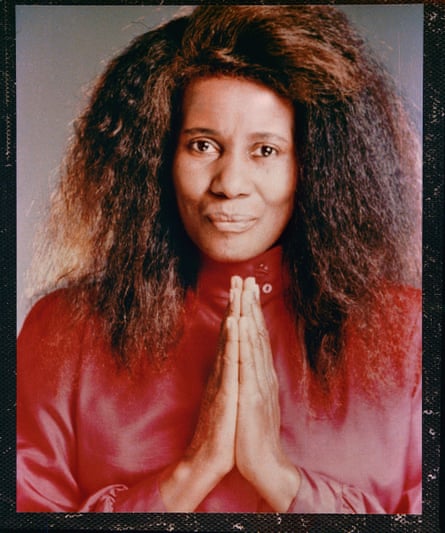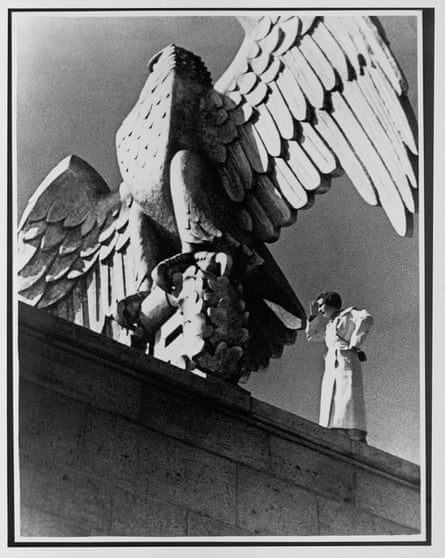
T
The 1951 drama-thriller, directed by Jacques Tourneur and written by Philip MacDonald, follows Ray Milland as he seeks answers about his brother’s death in postwar Britain. It is a standout film, with a sharp pace and quirky elements. The story takes us on a journey from Tampa, Florida to London, and then to Wales, the Scottish Highlands, and Birmingham. One memorable scene is filmed in London’s Covent Garden, capturing the bustling fruit and vegetable market with real-life crowds in the background.
There are no obvious action scenes, such as shootouts or fights. However, the story is completely engrossing, with a sense of mystery and tension underlying it. It strikes a balance between humor and seriousness that would have been recognized by Alfred Hitchcock, as well as a touch of unconventional romance that reminded me of Powell and Pressburger’s work. These comparisons are partly due to the talented cast, many of whom have given memorable performances for other iconic directors. However, credit must also be given to the film’s producer, the brilliant and formidable screenwriter Joan Harrison. She was a longtime collaborator of Hitchcock’s and her biography was recently published in 2020 by Christina Lane. Harrison deserves more recognition from film historians.
Milland plays Clay Douglas, a tough American with a sentimental sense of his own Scottish heritage, who comes to Britain to find out what really happened to his kid brother during the second world war. Impressed by the British standing alone against the Nazis, the younger American had gallantly volunteered for the British military in 1940, and was killed in action as part of a commando raid in northern France. He was not universally liked in the ranks and was the only man in his unit to die, in circumstances that seem oddly unexplained.
Clay is on a quest for the truth and seeks answers from his brother’s former commanding officer, Hamish McArran (played by Hugh Sinclair). He also meets with Sholto Lewis (played by Marius Goring), a bohemian officer who is now working as a ballet choreographer. Unfortunately, Lewis is portrayed with a hint of homophobia, which was common during that time. While in London, Clay falls in love with Elspeth Graham (played by Patricia Roc), a talented English writer living in Scotland. However, he has a recurring issue of being late for their dates, which becomes a running joke. Clay also has an amusing encounter with Reggie Sinclair, an army intelligence officer who is now a used-car-dealer, portrayed with sharp humor by Naunton Wayne. Sinclair is married to a lively nightclub singer, played by Dora Bryan in a small but memorable role.
This movie is highly engaging and enjoyable, with a gripping and unsettling climax: an improvised “shooting party” where guns are only present in one scene, accompanied by the faint howling of the wind. It also has a concise runtime of 86 minutes, making it a well-crafted and sophisticated story.
Source: theguardian.com





















